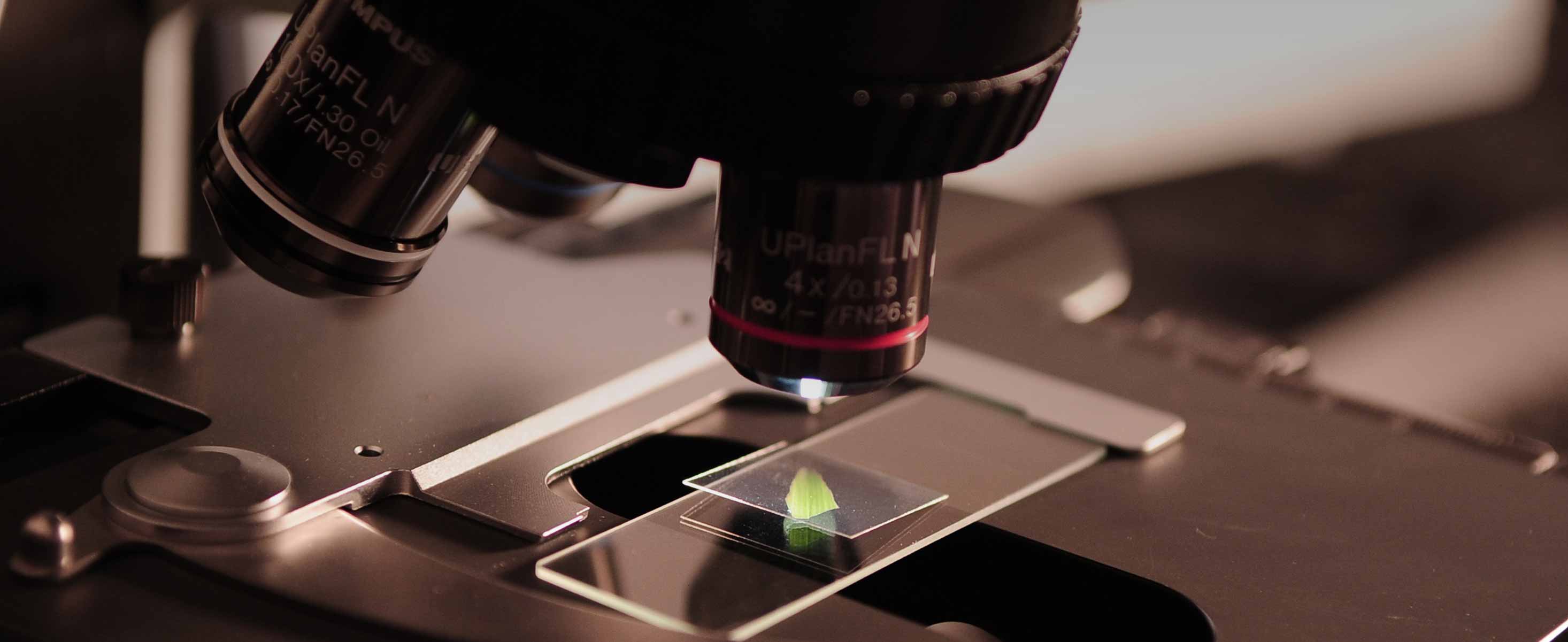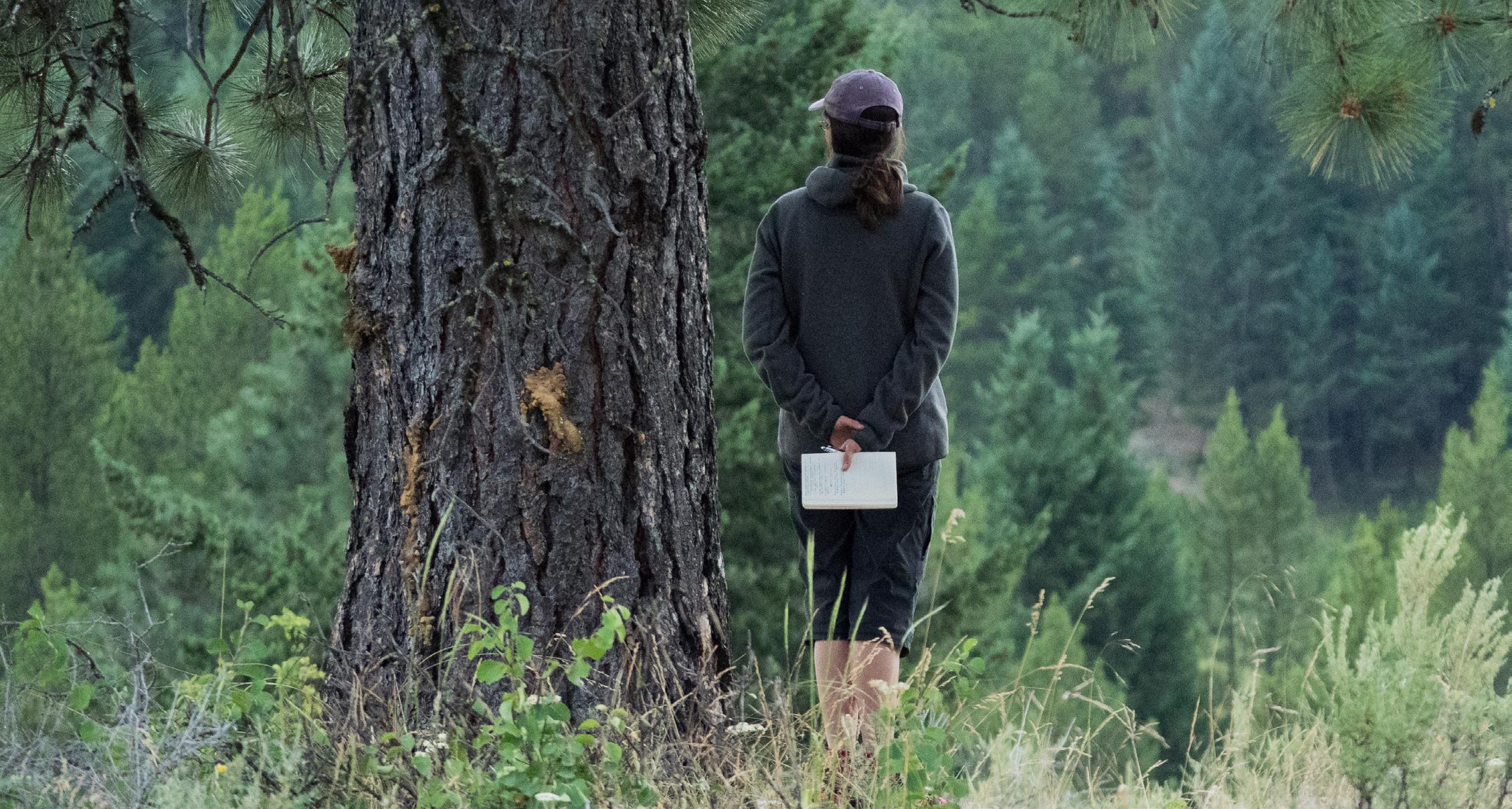
7 minute read
Q + A: The Christine Lintott Way

Meet Christine, McLennan Design’s newest partner and founder of Christine Lintott Architects (CLA) in Victoria, BC. In her nearly 30 years in the architecture industry, Christine has consistently advocated for the most progressive, low emissions strategies across her portfolio and within the industry broadly.
Her interest in pushing the boundaries of the profession prompted her to accept an invitation for deeper collaboration with MD earlier this year. “Our ability to scale up and expand our impact through the renowned reputation and global reach of McLennan Design is profound and represents an alignment of strengths across all aspects of design through project implementation,” said Christine in a press release announcing the partnership in the spring. “This combined team is about game-changing troublemaking, and we are excited to formalize our collaboration.”
You’re a biomimicry expert—what are the implications of applying the principles of biomimicry to design? Can you point to a specific instance of biomimicry informed design that you find particularly impactful?
First and foremost, biomimicry is about alignment with place, requiring us to really understand the operating condition of a place and really the genius of place—those adaptations that the natural world has in response to the operating conditions. The plants and animals have evolved to respond to those environmental conditions. If we pay attention and quiet our cleverness, we can notice the genius of place and learn a lot about how our buildings can similarly adapt to place.
Think about a polar bear with a big heavy coat—seeing that bear in his place—the arctic—should signal that buildings in that place also need a big heavy coat. When you begin to really examine a place, design solutions become much more tuned to their place than they might otherwise be.
What’s fascinating to me is we used to do this very well. Think about vernacular architecture—how first peoples all over the world crafted buildings in place, and how they mitigated whatever the operating conditions were. I suspect that actually people who were native to place paid attention to the creatures of the natural world and what they were doing. For me that’s the real opportunity. The real implications are really finely tuned design to place. The design solution we’re inviting here is to pay attention to what the ecosystem is doing.
We have some beautiful examples of biomimetic solutions. Michael Pawlyn’s work in building skins—they really are this, a membrane, mitigating inside and outside—is one example. The Eden Project is another one of his projects, in which he uses this bubble skin that emulates soap bubbles— it’s lightweight and performs, its shape is optimized, it does many things in one singular approach—in a way that is really elegant and beautiful. Michael has such a fluency in what he’s seeing and an ability to interpret that into built solutions, even when the scale is so divergent. He can understand a living organism’s essence and translate that into a built solution.
Is it too big of a leap to assume that, as a biomimicry enthusiast, you’re also a nature-lover? Where do you find inspiration in the natural world?
Everyday. Everywhere. If you could see me in my office, it’s full of plants. We have this amazing inventory of every kind of plant you can imagine. And all around me are vessels and bowls and jars that hold artifacts, from shells to rocks to feathers to bits of plants. Sitting here at your desk, having that access to seeing something that comes out of the natural world, keeps me going.
My favorite places are ecotones, those edge conditions. The edge of field and forest for instance is an edge I love. The ocean, the shoreline, the intertidal zone, to me are vibrant with inspiration, especially here on Vancouver Island.
Those edge conditions are often transitions between one type of environment and the next. If you look along the shoreline and read how the trees respond to the wind condition, you can understand a lot about the prevailing winds. You can look at that and know how to orient a structure by seeing how the forest arranges itself. Arbutus (menziesii, the Pacific madrone) is always reaching out from under the other trees for sunlight. Simply paying attention can tell you a lot about solar orientation, wind conditions, moisture—how it moves and makes its way between land and sea. Water has a beautiful way of carving itself, and land has a beautiful way of managing flow, it’s a beautiful way to think about storm water management in the built environment.
It’s also really hard, and I have to say it’s debilitating sometimes. Friday is a hard day for me, the accumulation of all this. I use the weekends to take huge long walks with my dogs, plug into life.
Talk about place and how you bring this concept, understood expansively, to your work as an architect.
This is where biomimicry comes in again. I probably didn’t always understand place to the breadth I do now, as a natural system perspective. The operating conditions of place—these are the prevalent conditions that really inform everything: sunlight, water, gravity. Operating conditions also include that constant state of dynamic non-equilibrium: how organisms respond and adapt to this non-equilibrium is one of life’s principles in the Biomimicry DesignLens (a resource by Biomimicry 3.8).
The other thing to notice when looking at those operating conditions are cyclical processes. The moon and the different phases of the moon, which affect tides and people. Seasonality is another cycle where we live— and our designs have to manage seasonal fluctuation, and the changes are dramatic, and very much of place.
I’m always interested in locating the limits and boundaries. Where are the edge conditions? At what point have you moved from one condition to another? We map the human inhabitations, flows, building footprints, solar orientation, but we don’t always think about the underlying conditions that produced the temperature regimes we’re designing in. Many don’t think about wind and solar opportunities. I’m really always thinking about those fixed conditions, those operating conditions of place.
None of the environments I’m designing in are untouched by humans. There are always those land ownership issues, road locations, power distribution, location of sewer and water—these are all realities, or human caused operating conditions, we have to incorporate into our thinking. The human layer is obvious to us. How do we make the operating conditions of place equally obvious and bring those two parts to work in harmony and evolve together over time rather than independently?
Every property in town is seen as a canvas. “If we just cut down the trees or take out the buildings…” But what if we had to work with what’s there as an operating condition of the place? Think about how interesting our urban ecology would be if we didn’t tear down and rebuild. What if we made a rule that you couldn’t knock any buildings down, you had to, in some way shape, or form, keep the bones and attributes as effectively part of place? Can you imagine how creative we’d be? We’d eliminate waste flows, we’d allow for more life, nutrient paths would be undisturbed, etc. We’d get much better at dismantling what can’t be used and repurposing it if we couldn’t keep blasting everything down and starting anew.
The secret sauce is time. We’re not very patient. We’re not good at time, but we’re starving for the things that only time can produce. Everyone wants to live on a beautiful, tree-lined street. Trees take 100 years to grow! Why would you ever cut down a tree in an urban environment?
The essence of place: what makes for a good city? The cities we love are tight, vibrant, full of different, interwoven pieces. You can’t achieve that by knocking everything down. You need layers. You need infill that creates more interconnection, more connectivity.
What excites you most about being an architect today? From your perspective, what unique opportunities for change exist within this industry?
For the first time in 30 years of practicing, there seems to be some growing consensus that the system has to change—every aspect of it. Humans, at a very accelerated rate, are recognizing the interrelationships between all things: politics, environmental impact, social justice—all are interrelated. The climate crisis is a perfect example, you can’t talk about what’s happening to the planet without it trickling into these touchy areas of politics and social justice. The atmosphere has never been more difficult, never more exciting.
The experts we surround ourselves with in this work are more than ever excited to talk about all aspects of the design. We finally realize we have to be all in on this change. We have to all roll up our sleeves and systemically rethink everything. I find that hugely inspiring.
The level of engagement I have to have at work is tenfold maybe 100-fold what it was when I got into this business. It’s the hardest thing and also the most important thing. I know I have something to offer. I have a huge skillset and I continue to development that skillset, because I’m a learner, but it comes at an expense. But by and large we are shifting to rolling up our sleeves, being present, and part of the change.

Describe a dream project and client: Who is the client and what are they trying to accomplish with the design? What’s the relationship like? What innovative opportunities exist in a dream project scenario?
Power to Be is totally on its way. And lots of the thinking that has shaped that project is transferring to a new client, Lakefield College School. At the end of the day, these clients understand the systemic nature—it’s not about the building, but the people in place. They each work with learners. We know if we design with human curiosity in mind, we can get it right.
These clients have a real willingness to go through an engagement process where they suspend disbelief, and through conversation and understanding of their community in all its facets, we actually are empowered to create something that is of that community. There is this wonderful harmonious content that emerges and gets distilled down into something that is very concentrated.
I’m a designer, so I often jump to the deliverables, but where we’ve landed is in a process that is an entirely new kind of deliverable. We were musing that that deliverable might be a website, like a dashboard of a living, dynamic, interface that allows all the shareholders of the school to have a relationship with the school and in particular the learning outcomes and the meaningful interface this environment creates for the young people. Never assume anything— maybe we’re not designing buildings at the end of the day, maybe we’re designing an interface. We’re thinking systemically about the big picture: about cultivating learners who are leaders in regenerative thinking. How do we do that? We’re not limited to designing buildings.




